Gaming headsets vs headphones: which should you buy?
Headphones and headsets often look very similar, but they're usually very different products
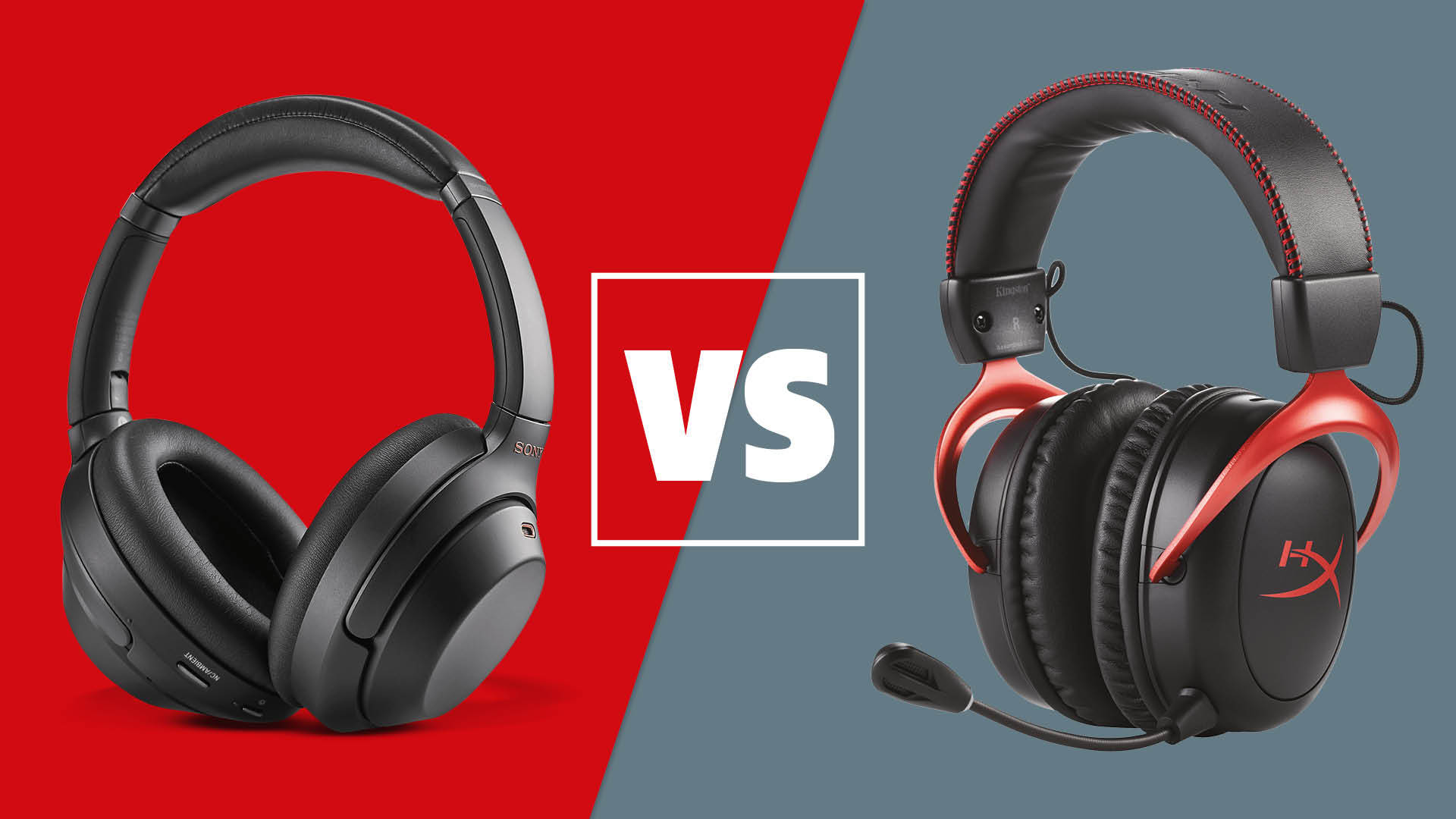
At this point, there are probably more headphones in the world than there are people. They're just such an easy sell: want to listen to whatever you want, wherever you want, whenever you want? Buy a pair of headphones!
They already work with music, movies and TV shows. In many cases they've even got a microphone for handling calls. So it stands to reason that someone who owns a pair of headphones and then gets a games machine will likely consider plugging the former into the latter and will expect everything to perform brilliantly.
In fairness, it might, but it's often less straightforward than you might expect. What's more, you might be missing out on lots of gaming-specific features by using a standard pair of headphones.
That's where gaming headsets come in. By dedicating themselves to a specific purpose they can offer a gaming experience that a pair of standard headphones cannot.
But before you put your headphones in a drawer and go and buy a headset, allow us to complicate things further by mentioning that gaming headsets tend to suffer from their own set of flaws, and sound quality is often one of them.
Confused about whether you should be going for a gaming headset or a pair of headphones? Then let us talk you through the pros and cons of each.
Gaming headsets vs headphones: price
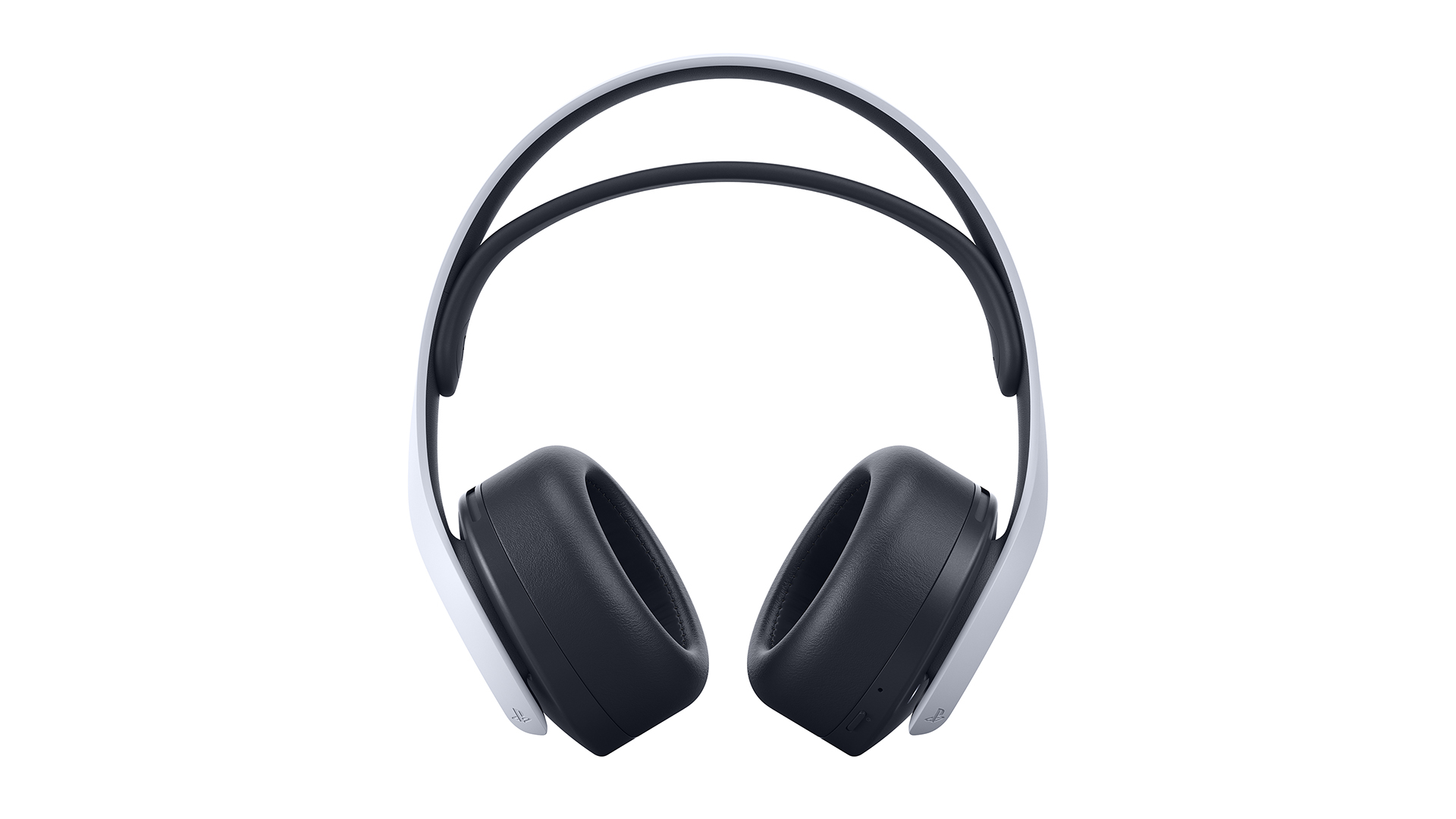
Naturally, you can find cheap gaming headsets as well as cheap headphones, and you can find expensive gaming headsets as well as expensive headphones, as is the case with most consumer tech. However, the price ranges are fairly different.
Headphones regularly run the gamut in terms of price from only a few pounds/dollars for the cheapest possible pair to several thousand for audiophile-grade reference headphones. How good one pair of headphones sounds vs another pair will vary but, in general, you can spend more for better sound quality, if you want it.
Gaming headsets tend to exist primarily in the £20 to £230 range (or $25 to $300), with the majority landing somewhere on the cheaper half of the spectrum. Some high-end gaming headsets are out there, but there's not much of a market for ultra-premium gaming headsets. Or, perhaps more accurately, the definition of 'ultra-premium' is different in the world of gaming headsets than it is in the world of headphones.
Gaming headsets vs headphones: build quality
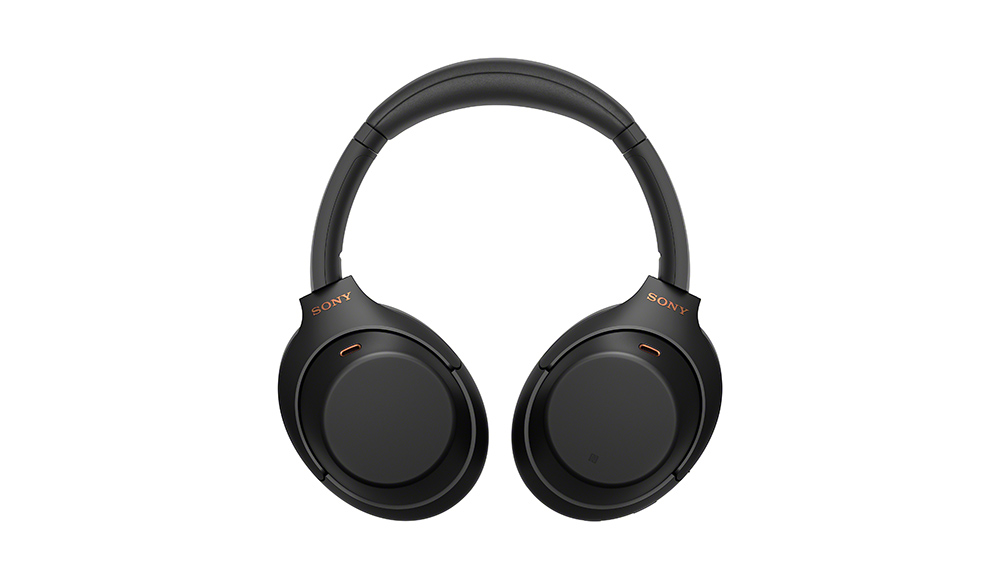
On one hand, if you're picking up a cheap pair of headphones or a cheap gaming headset, chances are they won't last forever. You might be able to replace a cord here or fix the occasional issue there if you're lucky, but you generally pay for longevity, so cheap stuff won't usually last.
However, pound for pound, gaming headsets tend to be less durable than headphones. This is mostly down to economics: a gaming headset that packages in a large microphone and virtual surround tech among other features has less money in its budget to dedicate to high-quality materials than a pair of headphones that just has to sound good.
Accordingly, with a well-built, premium pair of headphones, they're yours for decades. You might have to replace a part every few years, and you might even have to get something repaired over a long enough period of time, but many headphones are designed to last a long, long time with even regular use.
A quality gaming headset might come with similar opportunities, but there's a lot more that can fail over time with a gaming headset, and gaming headsets are often subjected to longer, more rigorous usage than most headphones are.
There are gaming headsets with excellent build quality but, on average, they're less expensive products with more features, so you can expect gaming headsets to tend to not last as long as a good pair of headphones.
Gaming headsets vs headphones: audio quality
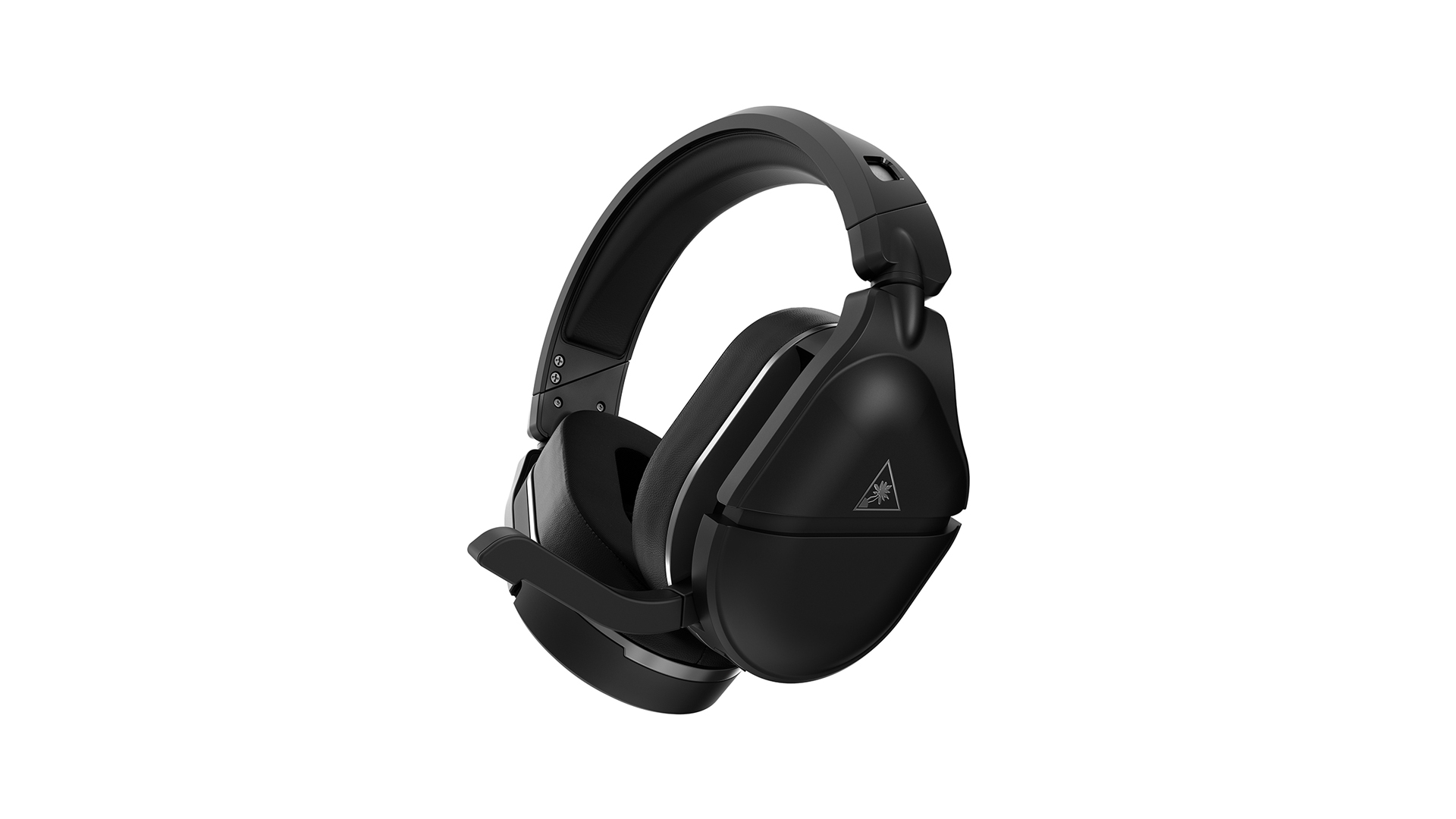
Audio quality is a bit of a weird one. On average, a pair of headphones will sound better than a similarly priced headset. And at the high-end, a pair of headphones will sound significantly cleaner, clearer and more textured than a gaming headset. However, which is better to game with can be a little complicated.
With audio in general, the more balanced, clear, and neutral a sound the better. This way, the music, movie, or even game you're listening to can shine. However, games can also work well with a bright, punchy, and warm sound profile, which is often what you find gaming headsets go for.
Unfortunately, gaming headsets, particularly those at the cheaper end of the spectrum, often don't just sound bright and warm – they can also sound muddy, artificially heavy, or so bright as to be irritating. This is why, on average, headphones tend to sound better than gaming headsets. However, there is one key area where gaming headsets often excel: soundstage.
It's generally important to have a wide, spacious sound when gaming. This not only helps to deliver the overall immersion that a gamer is looking for, but it also helps with directionality – and if you know where a sound is coming from, you can more instinctively and accurately respond to it.
Headphones can, of course, have expansive soundstages, but that's often less of a priority than stereo focus, which is generally a bigger deal for music.
Gaming headsets generally achieve their openness by way of spatial audio/virtual surround technology built directly into the headset. In short, this tech can virtually simulate surround sound and give audio the effect of feeling more three-dimensional. You can use this kind of tech with traditional headphones, depending on your headphones and gaming platform, but headphones don't really come with their own spatial audio/virtual surround tech built-in, whereas it's fairly common with gaming headsets.
Every day, the line between gaming headsets and headphones is blurring more and more when it comes to spatial audio/virtual surround tech. For example, with the PlayStation 5's 3D Audio technology, you can use your own headphones and enjoy Sony's proprietary 3D sound by simply plugging them into the controller. This can give you the cleaner, more nuanced sound of a good pair of headphones with the positional audio features of a traditional gaming headset. If you've got a pair of headphones with a wide, open sound and a PS5, this is one way to get the best of both worlds, though it does involve cables and usually some complications with microphones, both of which we'll get to shortly.
Regardless, this can be a great way to put your pre-existing favourite pair of headphones to use in another way. If you love the way a particular pair of headphones sounds, try plugging it into the PS5's DualSense controller and firing up one of your favourite games. You might be pleasantly surprised by the results.
Then, there are headphones that support Dolby Atmos, the most famous 3D sound technology. Games that support Dolby Atmos output will work great on a Dolby Atmos pair of headphones, cutting out the need for headset or console spatial audio/virtual surround.
While Dolby Atmos for games isn't supported on the Switch or PlayStation, it is on board both the PC and Xbox. And while Atmos support isn't guaranteed for every game, it is at this stage a fairly common feature of new, premium titles.
As a significant added bonus, you can often take advantage of the Dolby Atmos soundtrack via standard headphones. For example, you can pay a one-time fee on Xbox or Windows to unlock Dolby Atmos for Headphones, which adds Atmos processing for pretty much any headphones you connect to your console or PC.
There are other spatial audio/virtual surround solutions for headphones outside of Dolby Atmos, such as DTS:X. Some games support DTS:X, but support for spatial audio/virtual surround tech outside of PlayStation's 3D Audio, Dolby Atmos, or the built-in spatial audio/virtual surround tech of gaming headsets isn't particularly mainstream or reliable.
In summary, when gaming, you always want the best sound quality possible, but you also want spatial audio/virtual surround support if at all possible. Ideally, outside of a dedicated surround sound system, you'll use a quality pair of headphones that have spatial audio/virtual surround support, but that won't always be possible or convenient, and that's where a gaming headset comes in.
Gaming headsets vs headphones: features
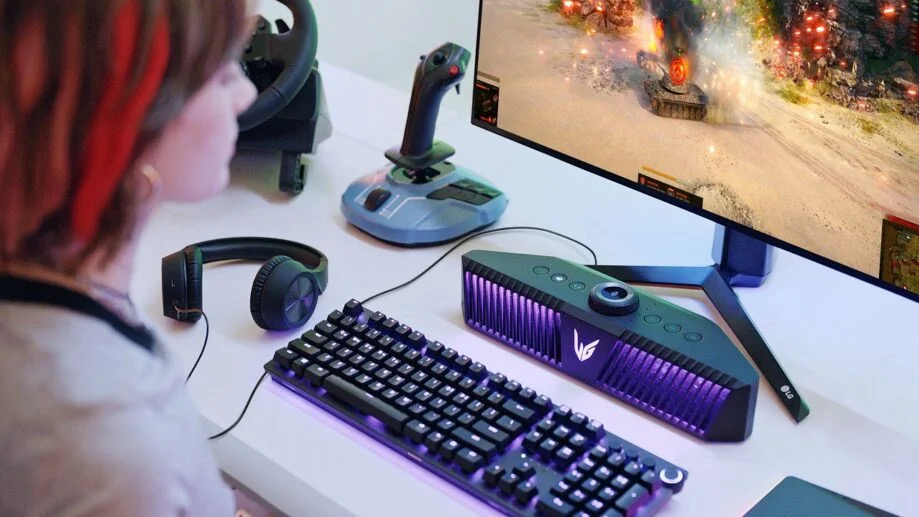
Look at a simple list of the features of a typical headset and a typical pair of headphones and you could be forgiven for thinking that they do more or less the same thing. However, priorities often lie in different areas.
For example, while many pairs of headphones now have microphones, it's an essential part of a gaming headset. What's more, the microphone of a gaming headset is often mounted on a stalk to bring it closer to your mouth, and that stalk might even be detachable. The microphone hardware will likely be larger and will often be of a higher quality, while the microphone of a pair of headphones will typically be smaller (practically invisible in many cases) and will generally rely heavily on clever processing for delivering speech clarity.
Then, many gaming headsets are wireless, but they also often come with 3.5mm jacks alongside a USB connection so you can use your gaming headset with your PC, directly connected to your console, or even plugged into your controller, all without having to change a setting or do any work. Headphones are usually more limited in terms of connectivity, though not always.
On the technical side, many headsets directly build in some kind of spatial audio/virtual surround solution. While such processing is slowly coming to standard headphones, it's generally seen as more of a luxury and is therefore more typically found on higher-end headphones, the Apple AirPods Max being the obvious example.
Gaming headsets often sport a gamer-first design, and there are also more often utility controls on a gaming headset, such as a dedicated mute button, a volume slider, a mixer for balancing chat audio and game audio, buttons for switching between audio presets, that sort of thing. Of course, headphone can also have some of these features, but the trend is towards fewer buttons, not more.
Headphones are designed primarily for listening. They can be wireless (with big batteries, too) and support all kinds of different audio technologies, of course, but outside of water resistance, noise-cancellation, and the occasional standout feature, a good pair of headphones is primarily concerned with sounding excellent.
A broad array of features that make it easy for you to game, chat, and simply move about your space freely while doing all that is what a gaming headset is supposed to offer. Plus, gaming headsets try to do all that without breaking the bank. Headphones have a much higher ceiling to them in the sense that you can spend more money to get better sound quality and more features – though you don't have to – but headphones may not be the best choice for gaming if you don't have access to spatial audio/virtual surround.
Gaming headsets vs headphones: comfort
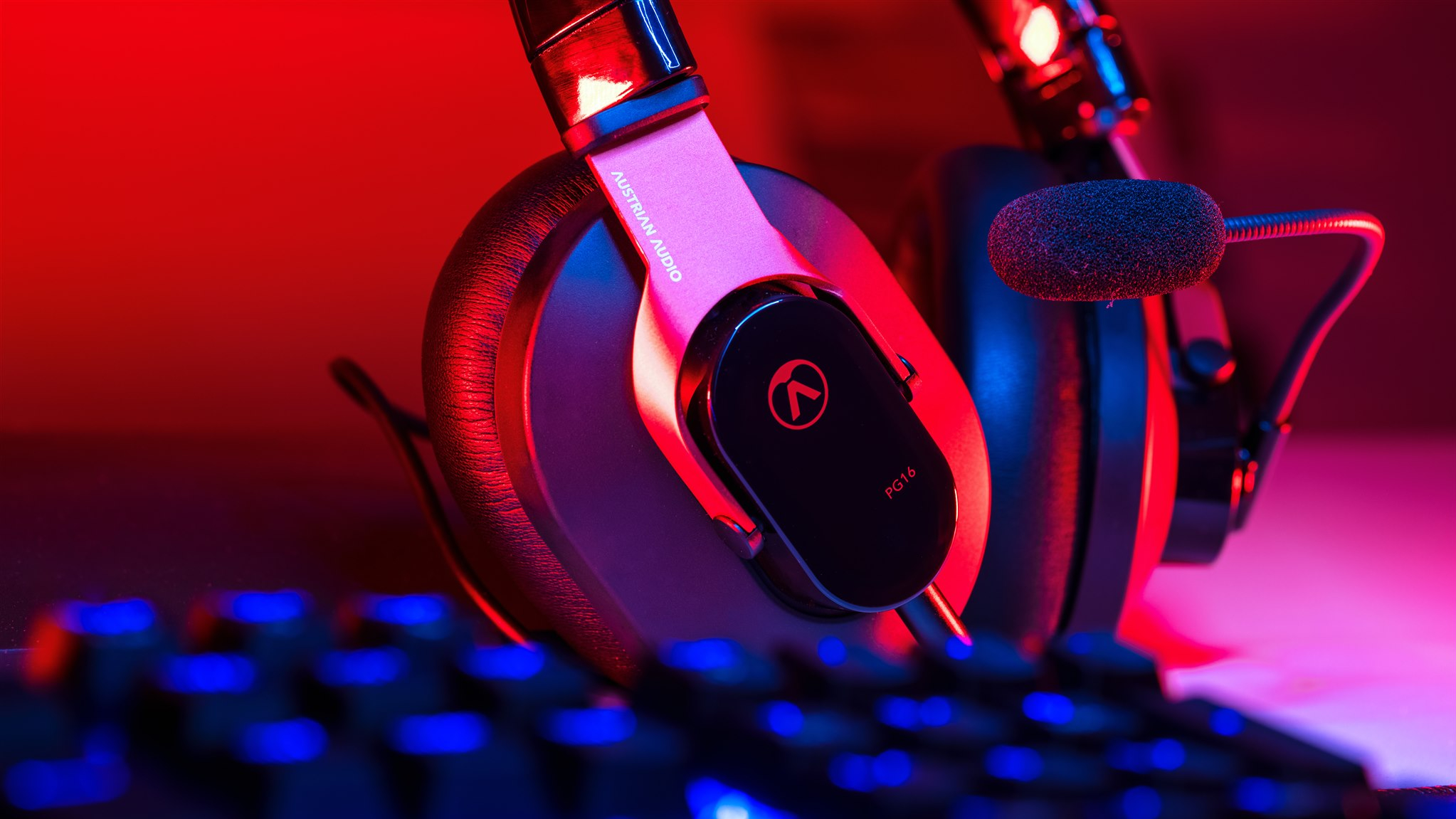
How comfortable something is that rests on top of your head and over your ears is often a personal question. Then, there are countless different designs and materials to think about, different weights to consider, and many other variables that influence comfort.
However, a hallmark of a good gaming headset is that you can routinely wear it for four, six, or even eight hours or more in a single sitting without being bothered by it. Headphones can and are absolutely comfortable enough to be used this much, but it's arguably less of a defining factor.
While there are certainly some people who will wear a pair of headphones for their entire working day, or perhaps for a whole long-haul flight, the average headphone listening session is significantly shorter. Gaming sessions, though, can routinely last hours, and comfort is therefore seen as even more important, even at the entry level. Unless you're buying something especially cheap, you can generally expect a gaming headset to feel great even after a ton of use, while how comfortable a certain pair of headphones is tends to vary a bit more.
Gaming headsets vs headphones: connectivity
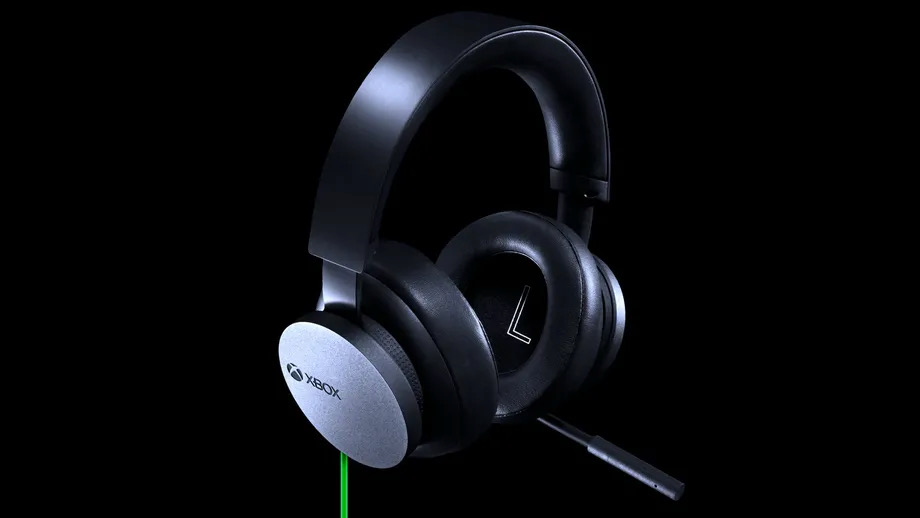
In terms of connectivity, headphones usually keep it pretty simple with either wireless (almost always Bluetooth), a 3.5mm connection, or both. The dedicated (of which we hope you're one), might use a USB amp/DAC between their source and headphones, but that's generally as complicated as it gets.
It's a little less straightforward with gaming headsets. Some, particularly at the cheaper end, will simply have a 3.5mm connection, but many will also have a USB cable for PC use. Wireless is common, of course, but invariably it will rely on the use of some kind of proprietary dongle that will almost certainly work with only one, or perhaps two, of the available gaming platforms.
Why not keep things simple with Bluetooth? Because Xbox and PlayStation consoles don't support Bluetooth audio. There are clever ways to get around this via Bluetooth adapters but, in general, wireless gaming headsets usually just opt to use 2.4Ghz wireless technology over Bluetooth – and that's why you need a dongle.
Interestingly, though, there are now plenty of gaming headsets that come with dongles for console use but also support Bluetooth – that's so you can also use them as standard wireless headphones with other devices such as your phone.
Gaming headsets vs headphones: the verdict
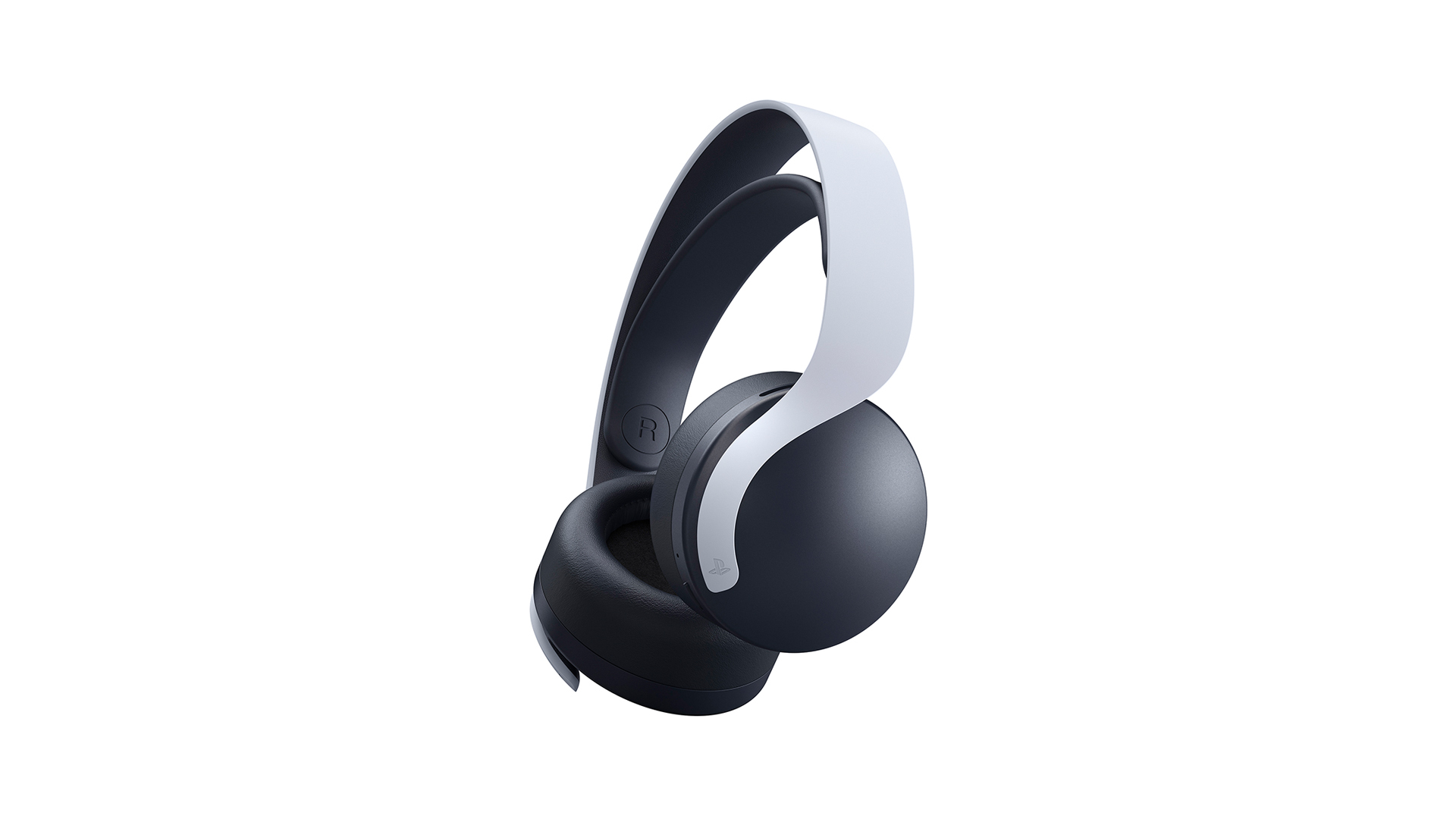
Ultimately, if you can use a pair of quality, open-sounding headphones with some kind of spatial audio/virtual surround tech alongside your own dedicated microphone, this is the best gaming audio experience you can have outside of a true surround sound set-up.
But this kind of system is going to be pretty expensive, convoluted to setup and will almost certainly be pretty cluttered, and that's why most gamers opt for a gaming headset that might be a little lower in quality in all aspects but will be far cheaper and more convenient. Ah, the old quality versus convenience conundrum – it was always bound to play a part, wasn't it?
A gaming headset can be wireless, noise-canceling, have a microphone with all kinds of different settings and features and even offer its own brand of virtual surround sound all at once, and for relatively little money.
Plus, headset virtual surround/spatial audio is generally the most reliable. Dolby Atmos support doesn't come with every game, and unless you only game on PS5 where you can enable 3D Audio on a system level with your own headphones, headset, or speakers, offloading this audio tech to your headset is often more convenient if you're a regular gamer.
If you game with just a couple of speakers, a soundbar, or an average pair of headphones, you're likely best served by a gaming headset. Spatial audio/virtual surround is a huge deal for games, and if you game in your living room on a TV, it can be easier to just use the microphone on your headset.
However, there are many ways you can upgrade your gaming audio experience beyond that of a gaming headset.
MORE:
Best gaming TVs for PS5, Xbox Series X, and all other consoles
4K 120Hz gaming: What is it? Do you need it? How do you get it
Netflix gaming service: release date rumours, leaks, and the latest
Get the What Hi-Fi? Newsletter
The latest hi-fi, home cinema and tech news, reviews, buying advice and deals, direct to your inbox.
Ruben is a long-time freelance consumer technology and gaming journalist, and was previously a Staff Writer at What Hi-Fi?. Since 2014, Ruben has written news, reviews, features, guides, and everything in-between at a huge variety of outlets that include Lifewire, PCGamesN, GamesRadar+, TheGamer, Twinfinite, and many more. Ruben's a dedicated gamer, tech nerd, and the kind of person who misses physical media. In his spare time, you can find Ruben cooking something delicious or, more likely, lying in bed consuming content.

